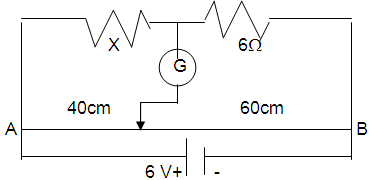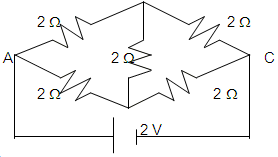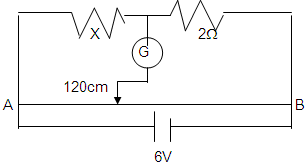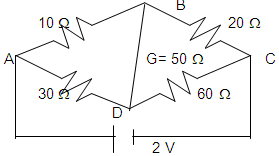![]()
CBSE Guess > Papers > Important Questions > Class XII > 2011 > Physics > Physics By Mr.Ashis kumar satapathy
CBSE CLASS XII
Heatstone's Bridge & Meter Bridge
A: Following questions are very short answer type. They are to be answered in one or two sentences. They may carry one mark each.
B: The following questions are of short answer type. Each of them may carry 2 or 3 marks.
- Derive the condition for obtaining balance in Wheat Stone Bridge.
- Draw a diagram of a Wheatstone’s Bridge. Why does no current flow through the galvanometer when the bridge is balanced?
- With help of the circuit diagram, explain how would you compare the resistance of two given resistors using a potentiometer? Why is this method suitable for two resistances of the same order of magnitude?
- Deduce an expression for the determination of an unknown resistance using a Wheatstone Bridge.
- Using Kirchhoff’s Law deduce the condition for balance of Wheatstone Bridge circuit.
- You are required to determine the specific resistance of material of a wire in the laboratory.Draw the circuit diagram and explain the principle of the experiment. Give the formula used.
- In the given circuit, a meterbridge is shown in its balanced state. The meter bridge wire has a resistance of 1 ohm/cm.Calculate the value of the unknown resistance X and the current drawn from the battery of negligible internal resistance.
- A potential difference of 2 V is applied between the points A and B shown in the fig. Calculate
(I) equivalent resistance of the network across the points A and B, and
(ii) the magnitudes of currents flowing in the arms AFCEB and AFDEB.
- Obtain the condition for the balancing point in a Wheatstone Bridge. Draw a circuit diagram for showing Meter Bridge for determining an unknown resistance. Write the formula to be used.
- Find the value of the unknown resistance X and the current drawn from the battery, if no current flows through the galvanometer. Assume the resistance per unit length of the wire AB to be 0.01 Ω /cm.
- The given figure shows a net work of resistances. Name the circuit so formed. What s the current flowing in the arm BD of this circuit? State the two laws used to find the current in different branches of this circuit.
Submitted By Mr.Ashis kumar satapathy
Email Id :[email protected]




